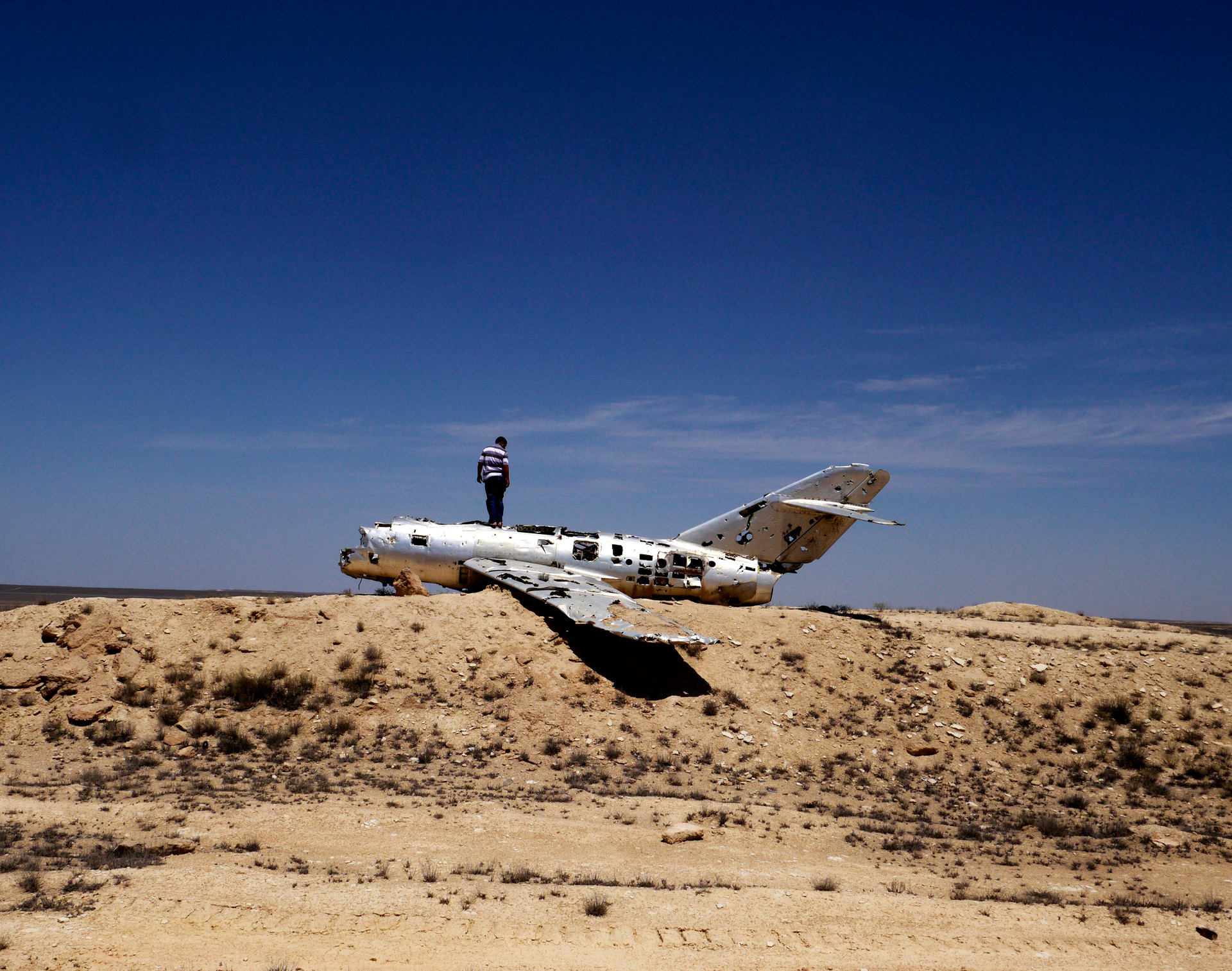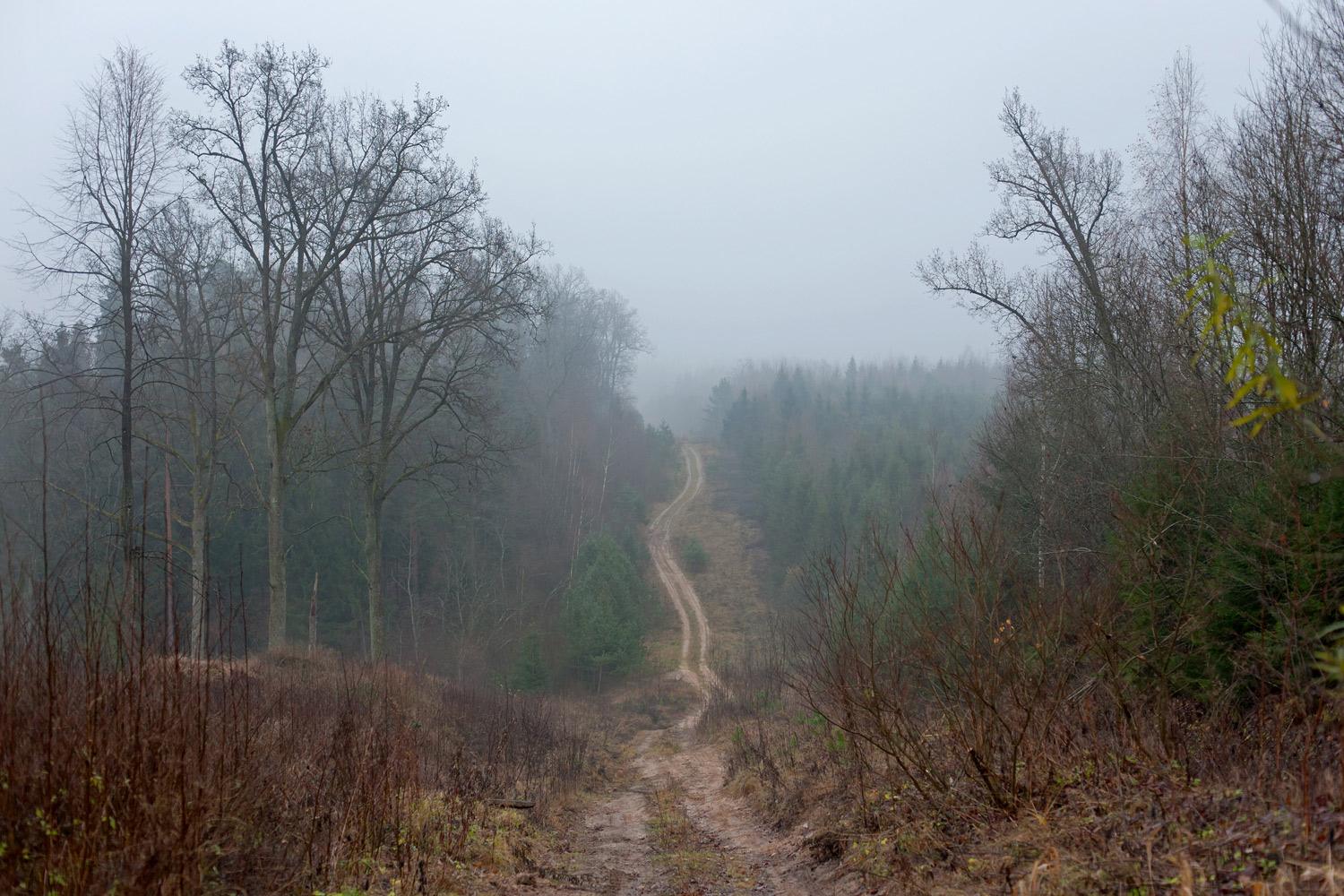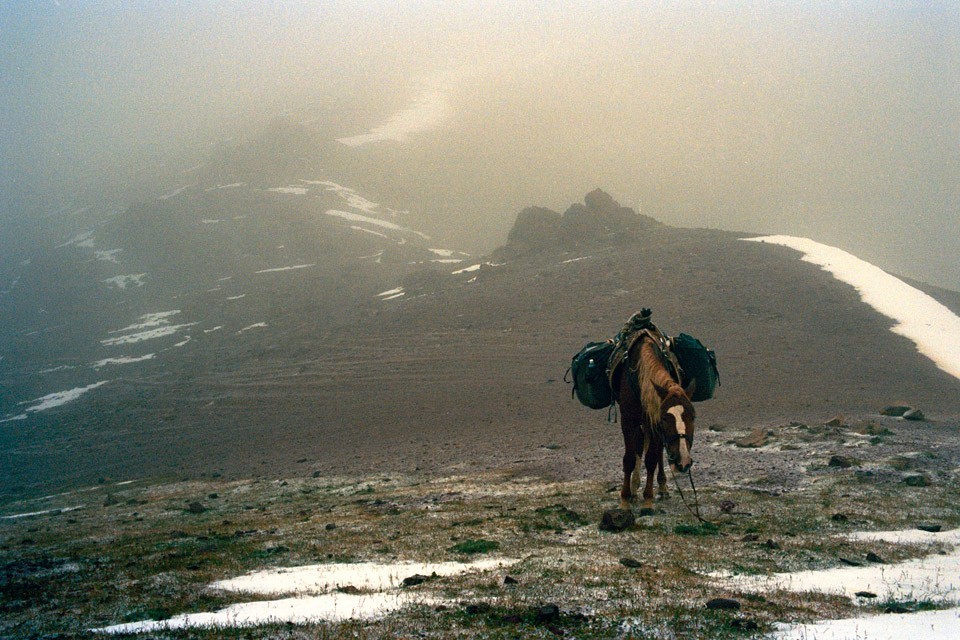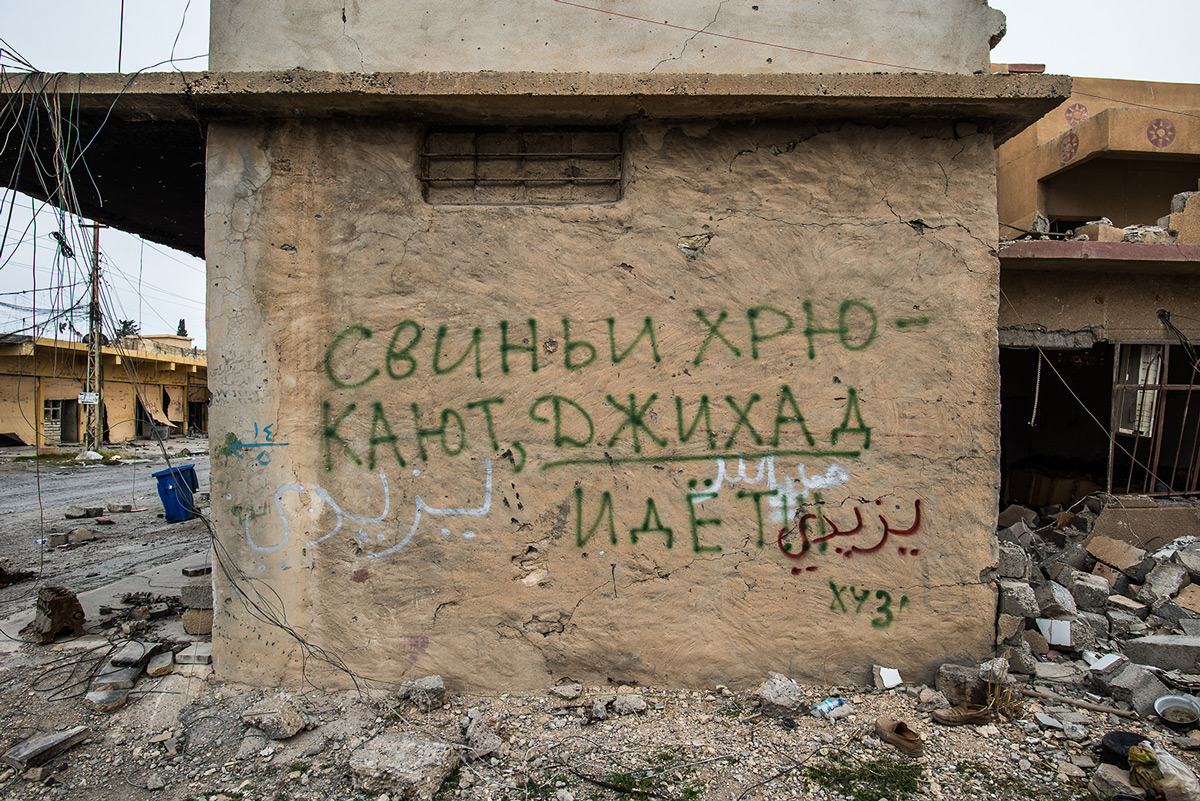
10 Favorite Photographs of Amos Chapple

From Devonport, New Zealand. Photojournalist of Radio Free Europe. Has been published in The Guardian and other major news outlets around the world. He uses a Panasonic GX8 camera and an Inspire 2 drone.
It was my first trip to Iran. I’d been in a difficult situation in New Zealand and had kind of thrown myself out into the world. I was taking a slow, meandering route towards an English teaching job waiting for me in Saint Petersburg. I didn’t know how hard things were going to be in Russia so on this trip I photographed and travelled like I had nothing to lose. I did some reckless stuff.
However, this photo and a dozen others from the trip were published across two pages in The Guardian. That cemented the idea for me that I needed to go places or do things which other people were unwilling to do. In a strange way, putting myself in danger gave me a sense of safety — the sense that maybe I could actually survive from photography when everyone was saying it was impossible.

Shepherds leading their flock into the fields. Palangan, Iran, 2012
This photo for me was as close as I got to capturing the spirit of Iran as I experienced it. These kids have the same cultural instincts as us but media narratives have warped the way we view their country. I’m no bleeding heart liberal — I’m very wary of Islam’s impact on western culture, and have experienced different bad manifestations in Arab countries, but the people of Iran are closed off inside their country and it’s unfair. Most young Iranians I met were smart, outward looking, and embarrassed by their government and its Islamist supporters. They were also kind in a way that went far beyond the regional customs of hospitality.

Friends in the hills above Tehran. Iran, 2012
The coldest city on earth! I walked past her and was almost too shy to go back and ask for a picture. I’m so glad I did. I took just seven photos, then thanked her and walked on without getting her name. Later, the photo went viral and was published around the world, then just last year the girl contacted me through Facebook. I never told her but I’ve had probably more than a dozen emails from guys asking if I know her name and contact details. So, guys, now I do, but for her sake I think I’ll keep that to myself!
This is Ruslan. He’s a trucker who makes his living delivering supplies up the frozen rivers of Siberia. It was the scariest assignment of my life — we were going around spots on the ice where other trucks had plunged through into the river. At some points we were feeling our way in the darkness across thin, steaming ice. It was entire hours of high stress. Neither of us had showered or slept properly for days and this was the moment Ruslan finally got into his apartment to wash, before sleeping through the night in his own bed. Safe and warm.

Truck driver taking a bath. Belaya Gora, Siberia, 2016
When drones first hit the market I was so amazed by the potential that I managed to take three months off my teaching job and backpacked around Europe, taking aerial photos before there were any laws preventing their use. This photo was taken a few minutes before a huge thunderstorm. I remember being wrapped up in my hostel bed after the rain, looking at this photo and realizing that drones would change everything. I guessed laws would eventually be brought in, but I didn’t realize how fast that would happen.

The Temple Expiatori del Sagrat Cor, Barcelona, 2013
The best thing about those early days of the drone era was that I was looking at objects that had stood for hundreds of years, and could be quite sure that I was seeing these buildings in a way they’d never been seen before. By anybody. It was an amazing time for photography, now it’s just about over. Today, the technology is near perfect but the laws have shut down most of the world’s urban skies.

Budapest, Hungary, 2014
A picture from an expedition into the Siberian wilderness with a team of illegal mammoth tusk hunters. It was a tough assignment also — three weeks in the forest hiding from police patrols and other (drunken) tuskers. The whole trip I wanted a picture of a mammoth tusk but tusk discoveries are rare. No one wanted to be photographed, because it’s illegal. So it was very stressful until this moment, when this beautiful tusk (worth $34,000) was pulled out of the ground in front of me. After only 20 minutes the tusk was put on a boat and disappeared.
Before this I had to walk around this valley constantly each day asking the different teams if they’d had any luck. The guys were spread thin through this valley so often I was alone for long stretches and bears there are seen every couple of weeks. One tusker told me what to do if a bear approached me: “Put your hat on top of your walking stick and hold it high. Then throw your jacket in front of bear and roar like a tiger”.

Yakutia, Siberia, 2016
The mosquitos were such a big part of life out there but I just couldn’t figure out how to photograph it properly. Then one day I was trying to cross a stream and I fell in. I took off one of my gumboots to try to squeegee out my sock, and the moment I did that, all these black mosquitoes descended on my white, waterlogged foot. The contrast was just so superb I took the other sock off, waited about one minute, took this photo, then put my socks back on and limped and whimpered my way towards the river. I remember thinking I would give a lot to be able to plunge my feet into icy cold water.

Yakutia, Siberia, 2016
This is the most beautiful public monument I’ve seen anywhere. I was stoked the picture was used recently in a Guardian article about its architect Hossein Amanat, who emigrated to Canada after the 1979 Islamic Revolution.
I think everyone’s best images are little love letters to the places they’re photographing. I shot this picture early one morning in Toledo during my first ever visit to Spain. For a 24-year-old Kiwi kid who’d hardly seen anything of the world, Spain in summer was such a revelation. I can still remember the taste of the cheese and how the pebbles on the beach stayed warm after dark. I feel like the Spaniards have life so right — there’s a love of chaos, fun, and family. Yet they’re diligent and civilized, and religion is strong.

Toledo, Spain, 2008
New and best
